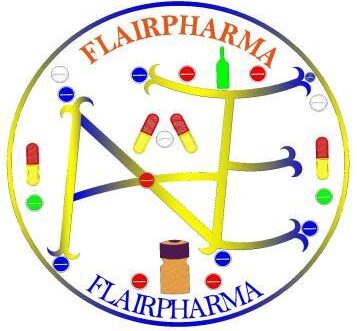#1. What is the first action if OQ fails?
#2. Choose the odd one out regarding OQ focus
#3. Which best describes the main goal of Operational Qualification (OQ)?
#4. hat phase directly follows Installation Qualification (IQ) in validation?
#5. In an OQ protocol, testing under “worst-case” conditions is:
#6. Which of the following is NOT a typical OQ document element?
#7. When should requalification via OQ typically occur?
#8. . Operational Qualification should test equipment:
#9. An OQ test that fails must be:
#10. Acceptance Criteria in OQ is:
#11. OQ differs from Performance Qualification (PQ) because OQ:
#12. Which regulatory body first emphasized the need for OQ?
#13. . Temperature, pressure, and operating speeds are examples of:
#14. Which term best represents the “limits” tested during OQ?
#15. B) Design qualification
#16. . In the V-model of validation, OQ corresponds to:
#17. Which document initiates OQ activities?
#18. OQ is considered successful only if:
#19. Test scripts in OQ protocols must be:
#20. OQ execution typically requires:
#21. OQ verification activities include:
#22. The principle of “worst-case testing” in OQ implies:
#23. Which of these events would NOT trigger a need for re-OQ?
#24. Who typically approves an OQ report?
#25. Which is an example of OQ test failure handling?
#26. “Challenging alarms and interlocks” during OQ is meant to:
#27. OQ differs from Installation Qualification (IQ) because:
#28. . If OQ identifies performance outside of specifications, the next step is:
#29. Which one is NOT a goal of Operational Qualification?
#30. Operational Qualification is important for:
#31. Which document typically forms the basis for defining OQ tests?
#32. “Challenging system functionality under stress conditions” during OQ helps confirm:






